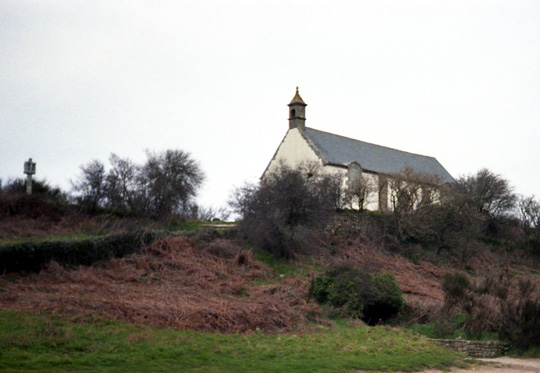During my trip to Bretagne, I spent a couple days in Carnac where I was really excited to explore all the relics and archaeological treasures there. The area is covered in rows of standing stones (menhir) which go for miles and hollow, earth-covered stone structures (tumulus) which dot the landscape. These stone constructions were erected well back in prehistory and no one really knows why they are there. Today, though, they serve to make biking through the countryside of Carnac and exploring them very enjoyable. (1996)
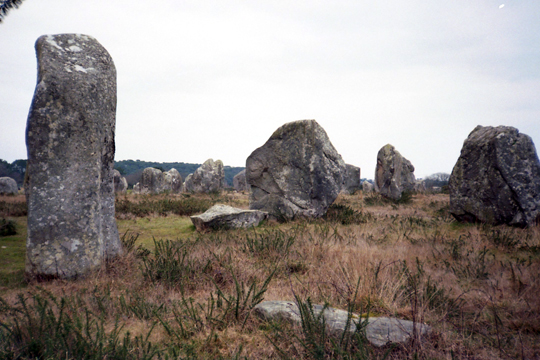
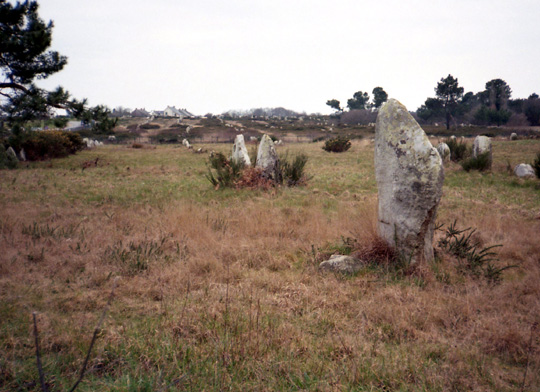
These pictures only give a glimpse of all the rows of stones that are lined up throughout the area.
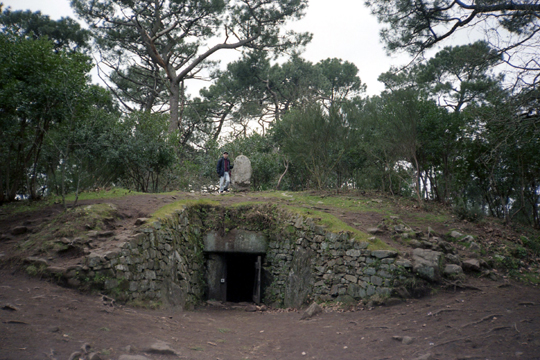
This “hill” is actually a tumulus—a roofed circle of stones (dolmen) covered with earth and surrounded by a smaller stone circle. This one even had a small bat living inside! It is known as the Tumulus of Kercado.
This is the largest menhir
located in Carnac–called “Le Géant”–which stands by itself far off in the woods.
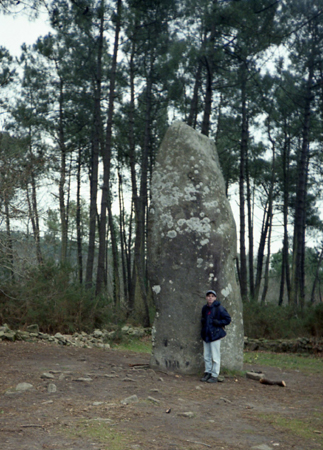
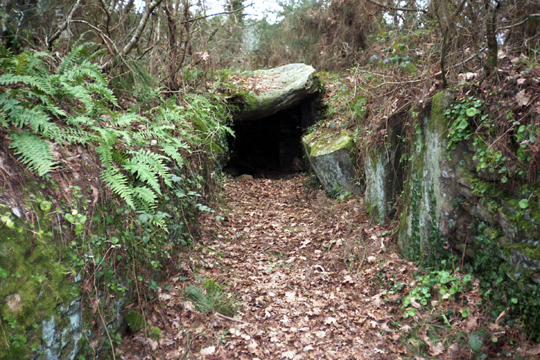
A small stone tomb structure called a dolmen, tucked away in a wooded area
This church actually sits atop the Tumulus of St Michel, one of the largest mound burial sites in Europe. From the top, you have a view of the village of Carnac which is very typical of southern Brittany
